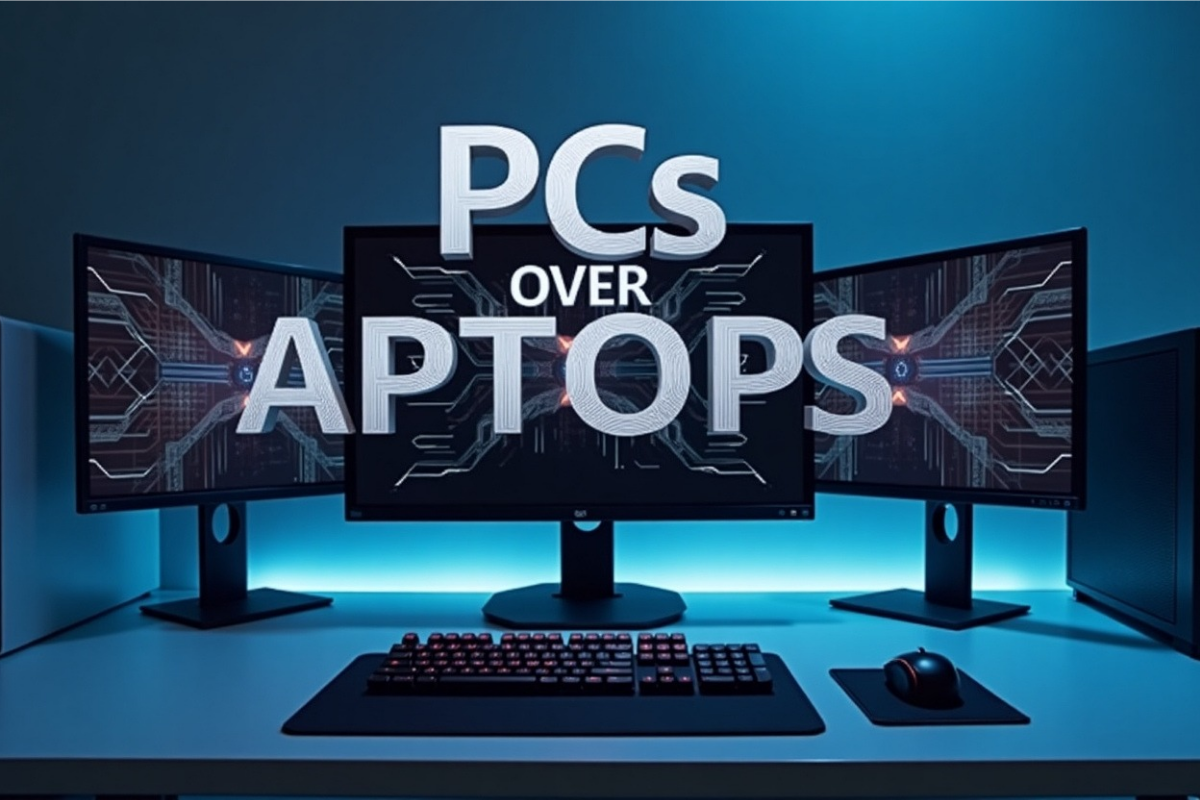Introduction: What is AdLogic Technology?
In today’s hyper-connected digital world, AdLogic technology has emerged as a game-changing innovation in online advertising. Designed to streamline and optimize ad campaigns, AdLogic integrates artificial intelligence, machine learning, and real-time analytics to automate decision-making and ad placement. Whether you’re a digital marketer, media buyer, or business owner, understanding AdLogic technology can give you a competitive edge in the crowded ad space.
H2: How AdLogic Technology Works
AdLogic technology functions as a centralized platform that connects advertisers to audiences through real-time data analysis and automated ad delivery. Here’s how it works:
H3: AI-Driven Campaign Automation
AdLogic platforms use advanced AI algorithms to analyze consumer behavior, bidding patterns, and performance metrics. This allows advertisers to launch, adjust, and optimize campaigns with minimal manual input.
H3: Real-Time Data Analysis
Unlike traditional advertising systems, AdLogic gathers and interprets user data in real time. This includes browsing history, device type, time of day, and location, enabling ultra-personalized ad delivery.
H3: Programmatic Advertising Integration
By leveraging programmatic advertising, AdLogic automates the buying and selling of ad inventory, ensuring the right ad is shown to the right user at the best price, in milliseconds.
H2: Key Features of AdLogic Technology
H3: Audience Segmentation
AdLogic segments audiences based on behavioral, demographic, and psychographic data. This ensures laser-focused targeting that improves click-through rates (CTR) and conversions.
H3: Predictive Analytics
With machine learning, AdLogic can predict which audiences are most likely to convert, allowing for smarter budget allocation and ad placements.
H3: Cross-Channel Marketing
AdLogic technology supports multi-channel campaigns across display, video, social media, and native platforms—maintaining brand consistency and maximizing reach.
H3: A/B Testing and Optimization
Automated A/B testing allows marketers to test multiple ad creatives, messages, and placements simultaneously to determine what performs best.
H2: Benefits of Using AdLogic Technology
Implementing AdLogic in your digital marketing strategy offers numerous advantages:
H3: Enhanced ROI
Thanks to data-driven decision-making, companies using AdLogic report significantly higher returns on investment compared to traditional ad management tools.
H3: Reduced Human Error
Automation minimizes manual intervention, reducing errors and ensuring campaigns run smoothly and efficiently.
H3: Real-Time Performance Monitoring
Live dashboards provide instant feedback, allowing marketers to tweak campaigns on the fly for better outcomes.
H3: Scalability
Whether you’re a startup or a Fortune 500 company, AdLogic adapts to your budget and scale—supporting small local campaigns and massive global efforts alike.
H2: Industries Benefiting from AdLogic Technology
H3: E-Commerce
Retailers use AdLogic to retarget cart abandoners, upsell related products, and drive seasonal promotions.
H3: Finance
Banks and fintech platforms rely on precise targeting to promote credit cards, loans, and mobile apps to high-value customers.
H3: Healthcare
Pharmaceutical companies and clinics utilize AdLogic to deliver compliant, personalized messaging to patients and practitioners.
H3: Automotive
From dealer ads to brand campaigns, auto companies use AdLogic to drive showroom visits and vehicle inquiries.
H2: Comparing AdLogic to Traditional AdTech Platforms
| Feature | Traditional AdTech | AdLogic Technology |
|---|---|---|
| Manual Optimization | Yes | No (Automated) |
| AI/ML Integration | Limited | Advanced |
| Real-Time Bidding (RTB) | Delayed | Instantaneous |
| Cross-Channel Support | Often siloed | Unified |
| Data Accuracy | Low | High |
| Predictive Capabilities | Minimal | Strong |
H2: How to Implement AdLogic Technology in Your Marketing Strategy
H3: Step 1: Define Clear Objectives
Start by setting measurable goals—brand awareness, lead generation, or sales conversions.
H3: Step 2: Choose the Right AdLogic Platform
Options like Adobe AdCloud, The Trade Desk, and bespoke platforms offer varying capabilities. Choose based on your budget and needs.
H3: Step 3: Integrate with CRM and Analytics
For better data flow and personalization, integrate AdLogic tools with your CRM and Google Analytics.
H3: Step 4: Launch Pilot Campaigns
Test with smaller campaigns first, assess results, and refine your strategies before scaling.
H2: AdLogic Technology and Privacy Compliance
As digital privacy becomes increasingly important, AdLogic platforms are evolving to respect consumer rights while delivering targeted ads.
H3: GDPR and CCPA Compliance
AdLogic supports cookie-less tracking and anonymized data models to ensure compliance with privacy laws.
H3: User Consent Management
Built-in consent tools allow users to opt in or out of tracking, building trust and protecting your brand.
H2: Future Trends in AdLogic Technology
The evolution of AdLogic continues, driven by innovation and changing consumer expectations.
H3: AI-Powered Creativity
Platforms are beginning to generate ad creatives using generative AI, further reducing human workload and increasing personalization.
H3: Contextual Targeting Over Cookies
As cookies are phased out, AdLogic is shifting toward contextual signals, like on-page content and semantic analysis, for precise targeting.
H3: Integration with IoT and Wearables
As smart devices proliferate, AdLogic could enable hyper-contextual ads—like suggesting sunscreen on a hot day via your smartwatch.
H2: Common Challenges and Solutions
H3: Data Overload
Too much data can be overwhelming. AdLogic dashboards simplify this by surfacing only the most actionable metrics.
H3: Learning Curve
AdLogic systems can be complex. Proper onboarding and training are key to unlocking their full potential.
H3: Ad Fraud
Advanced fraud detection and verification protocols within AdLogic platforms help ensure ad spend is never wasted.
H2: Top AdLogic Platforms in 2025
Here are some of the leading AdLogic technologies currently dominating the market:
- The Trade Desk: Popular for its transparency and data integrations.
- Adobe AdCloud: Known for seamless integration with Adobe Creative Suite.
- MediaMath: Offers robust analytics and real-time decision-making.
- Google DV360: Google’s enterprise-level AdLogic platform for marketers.
FAQs About AdLogic Technology
Q1: What does AdLogic technology actually do?
AdLogic technology automates and optimizes ad delivery using data, AI, and real-time analytics for more effective and targeted campaigns.
Q2: Is AdLogic only for large businesses?
No. AdLogic platforms scale to fit businesses of any size, offering tools suitable for startups and enterprise marketers alike.
Q3: Can AdLogic replace human marketers?
Not entirely. While it automates many tasks, human oversight, creativity, and strategy are still vital components.
Q4: How is AdLogic different from Google Ads?
Google Ads is a platform. AdLogic is a technology layer that can enhance platforms like Google Ads through advanced automation and intelligence.
Q5: Is AdLogic compliant with privacy laws?
Yes. Most AdLogic tools are built with GDPR, CCPA, and other compliance frameworks in mind, offering features like anonymized data and consent management.
Conclusion: Why AdLogic Technology Is the Future of Advertising
AdLogic technology represents a pivotal shift in digital marketing. By combining automation, AI, real-time data, and predictive analytics, it empowers marketers to do more with less effort—while delivering better results. From increasing ROI to improving targeting accuracy and simplifying ad operations, the benefits of adopting AdLogic are clear.
As we move toward a more data-conscious, privacy-first digital future, businesses that invest in AdLogic technology will be better equipped to meet customer expectations and outpace their competition.





